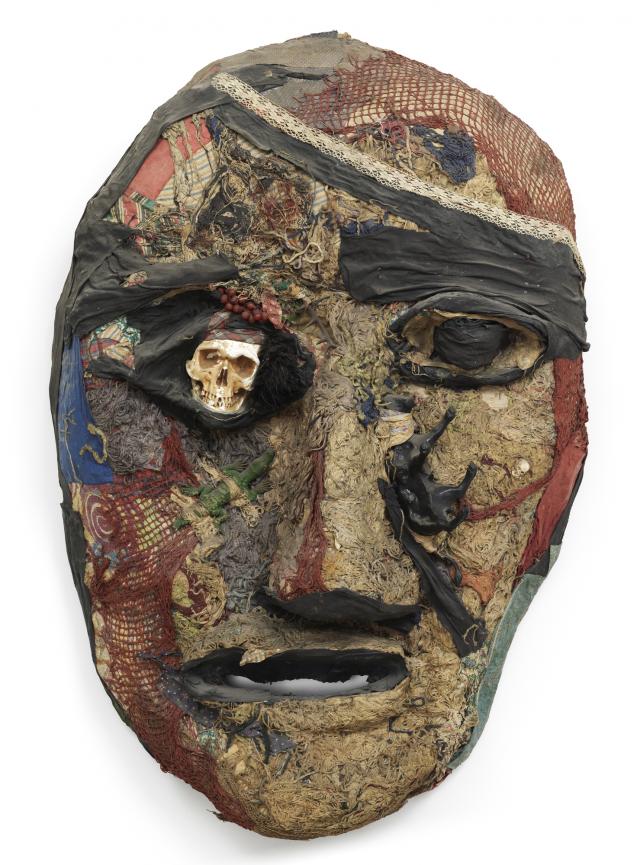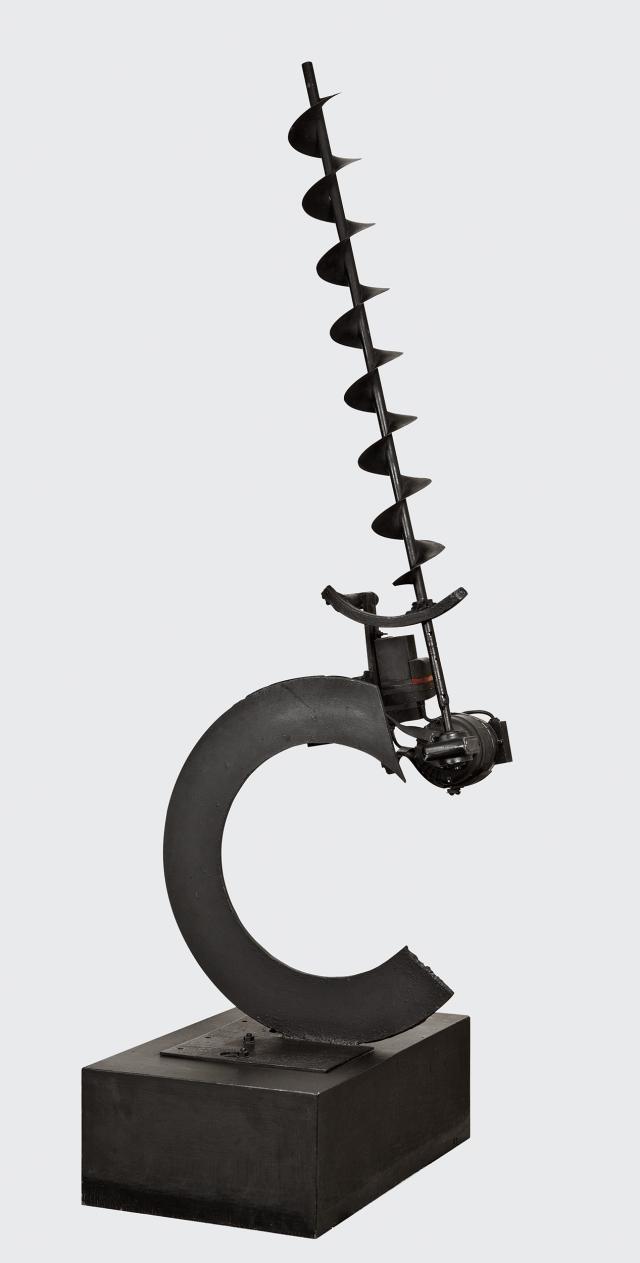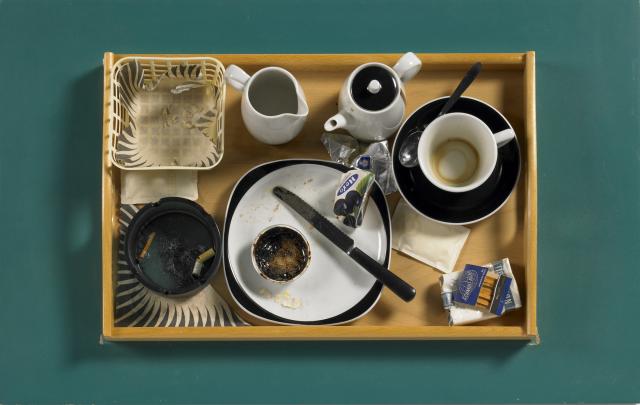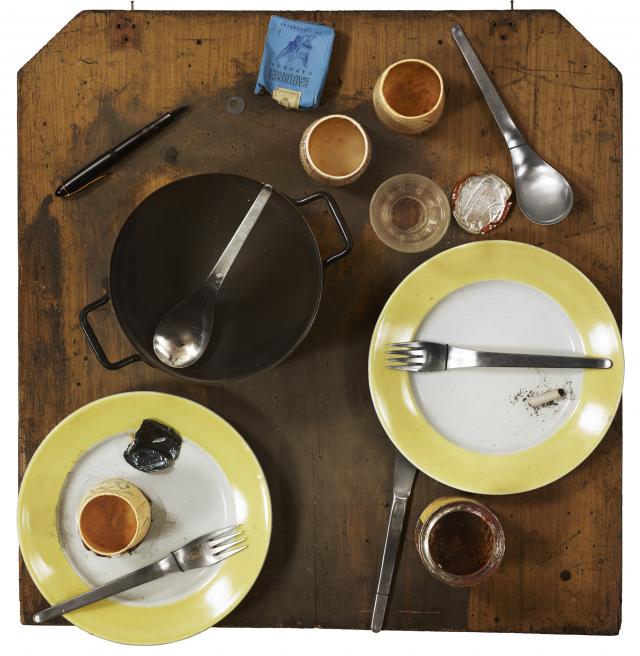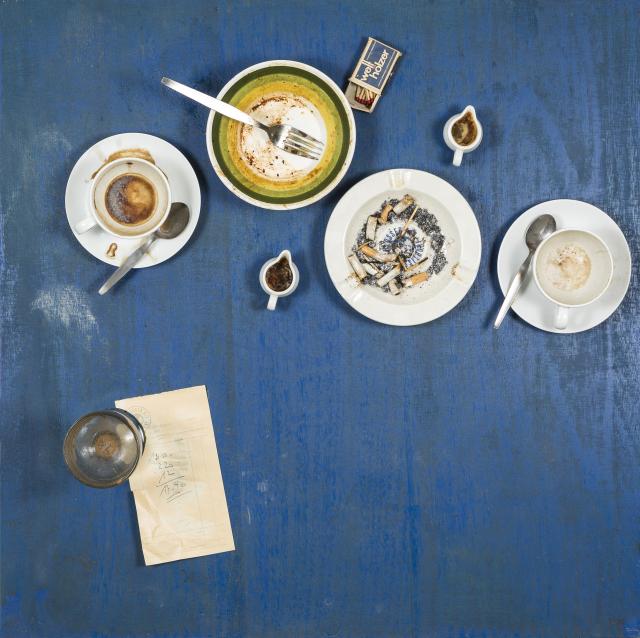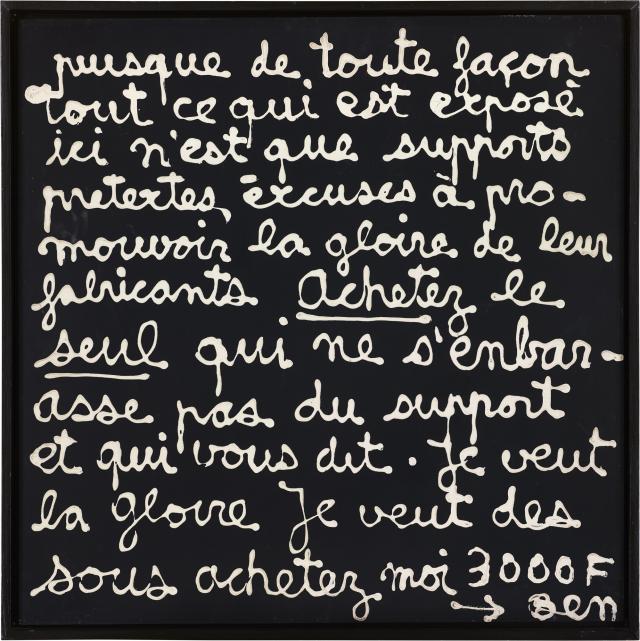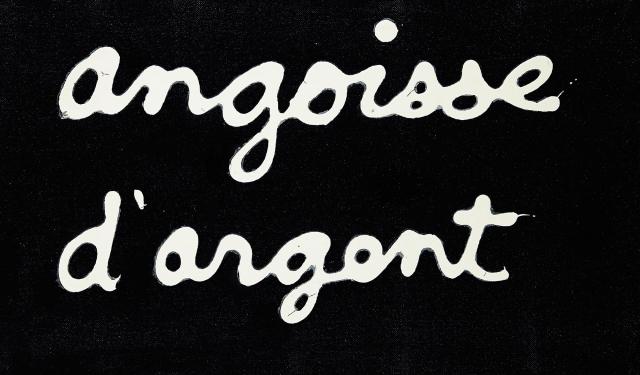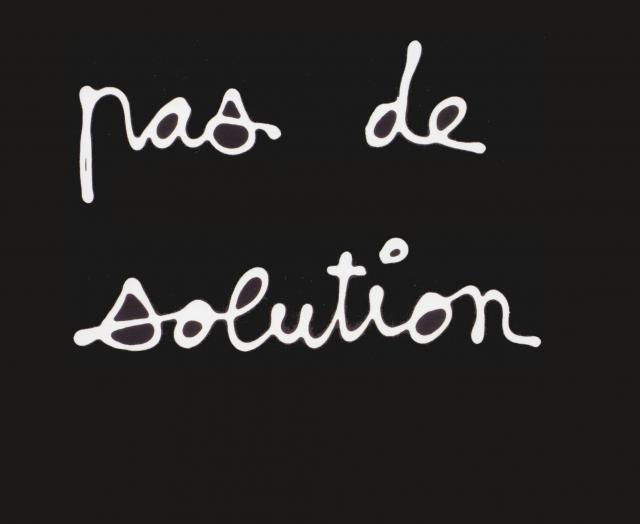On 27 October 1960, nine artists met in Yves Klein’s apartment in Paris to sign a joint declaration proclaiming the death of easel painting and arguing in favour of “the fascinating adventure of reality perceived in itself1”.
It was time to make official what art critic Pierre Restany initiated in May of that year at Galleria Apollinaire in Milan, with the first exhibition of the “Nouveaux Réalistes”. Arman, François Dufrêne, Raymond Hains, Yves Klein, Jean Tinguely (1925-1991) and Jacques Villeglé exhibited their work together, but did not share a common style. In Restany’s view, what linked them was rather a “collective singularity”.
Like Daniel Spoerri (1930) and Martial Raysse, who also came to Klein’s soirée on the invitation of Tinguely and Arman, these artists showed a special interest in reality, which they sought to capture directly, without any twist. They took trivial objects from the everyday environment and immediately integrated them into their works at the expense of traditional pictorial and sculptural techniques.
The Nouveaux Réalistes—later including César and Mimmo Rotella, then Niki de Saint Phalle (1930-2002) and Gérard Deschamps—thus approached Dadaism with its practice of picking up everyday objects, as initiated by Marcel Duchamp’s Readymades. Nevertheless, they remained À 40° au-dessus de Dada (40 Degrees Above Dada), as suggested by their first group exhibition in Paris in May 1961. Their “obvious and inexorable aim” was to “take a new look at the world2”, to convey the new urban consumer society in art, just as the Nouveau roman did in literature and the New Wave did in cinema.
Like the artists of Pop Art, the Nouveaux Réalistes displayed considerable inventiveness in how they experienced reality, especially in terms of expressive techniques, going as far as creating painting machines (Tinguely), Snare-Pictures capturing a moment of reality (Spoerri), gun paintings and monumental collages (Niki de Saint Phalle).
Even if the Nouveaux Réalistes ended their group exhibitions in 1963, they continued to have an influence on many artists, including Ben Vautier (1935) who diverted the work of art—with his messages painted on small, black canvases—into an ordinary, commercial world, accessible to everyone.
